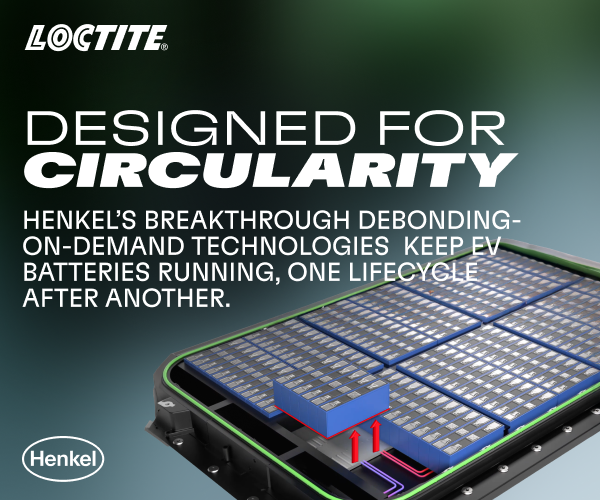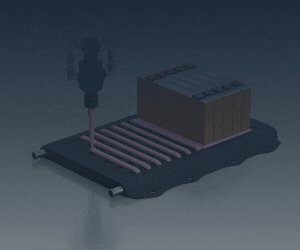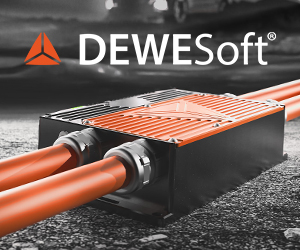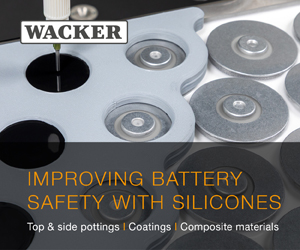Vessev unveils VS-Drive podded motor boosting electric hydrofoil performance and cooling
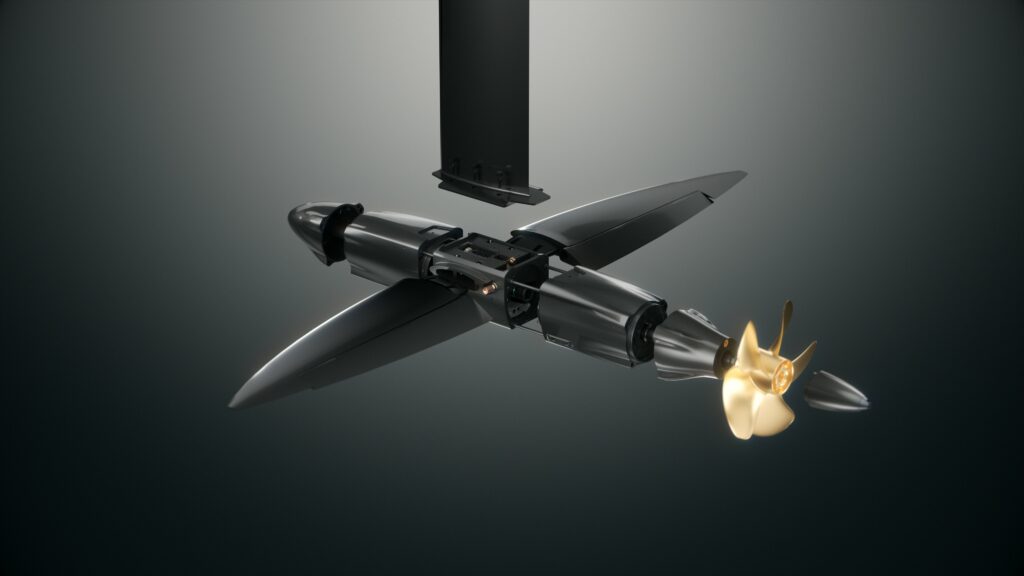
New Zealand marine technology company Vessev has launched the VS–Drive, a podded electric propulsion system built specifically for hydrofoiling vessels. The system pairs direct-drive brushless motor technology with active cooling to tackle the thermal management issues that have held back electric marine propulsion.
The VS–Drive connects the motor straight to the propeller, doing away with the gearboxes and long driveshafts you’d find in conventional marine drives. Vessev says this cuts mechanical complexity and the energy losses that come with internal combustion systems.
The key technical piece is an internal closed-loop cooling system that keeps the motor below 50°C even under sustained load. This matters because overheating has been a real problem for electric marine drives, particularly in warmer waters. The motor puts out 65 kW continuously at 25 knots, with peak capacity hitting 110 kW and torque of 400 Nm.
Without gears, the system runs almost silently. Vessev reckons this improves the passenger experience and cuts down on marine noise pollution compared to traditional engines.
The company has made serviceability a priority. The modular design lets operators take apart and service motor components without needing specialized facilities. Bearings are rated for 40,000 miles or 48 months, and built-in sensors track system health in real time. According to Vessev, this makes lifecycle management simpler for commercial operators and keeps boats in service longer.
The propulsion unit can vector its rudder mounting for tight maneuvering at low speeds, working alongside the retractable carbon fibre hydrofoils Vessev uses on its vessels. That flexibility helps in cramped marinas and different marine conditions.
The first vessel running the VS–Drive is the VS–9, a nine-metre carbon fibre hydrofoiling catamaran designed for commercial passenger work. It carries 10 passengers plus a skipper, cruises at 25 knots and tops out at 30 knots. Range sits at 40 nautical miles fully loaded, stretching to 50 nautical miles when lighter. The retractable hydrofoils handle wave heights up to 0.75 meters.
Charging works with both 90 kW DC fast charging and 22 kW AC, so operators can match their infrastructure to how they run their schedules.
New Zealand’s Low Emission Transport Fund co-funded the VS–Drive development, part of broader government backing for sustainable marine transport tech. Vessev says the system is engineered as a platform for current and future vessel models, with larger versions in the pipeline.
The VS–Drive is Vessev’s shot at an integrated propulsion package that handles efficiency, thermal management and serviceability in one system. Whether it gains traction commercially will come down to operators weighing zero-emission benefits against the infrastructure investments and operational shifts that electric marine transport demands.
Click here to read the latest issue of E-Mobility Engineering.
ONLINE PARTNERS
















